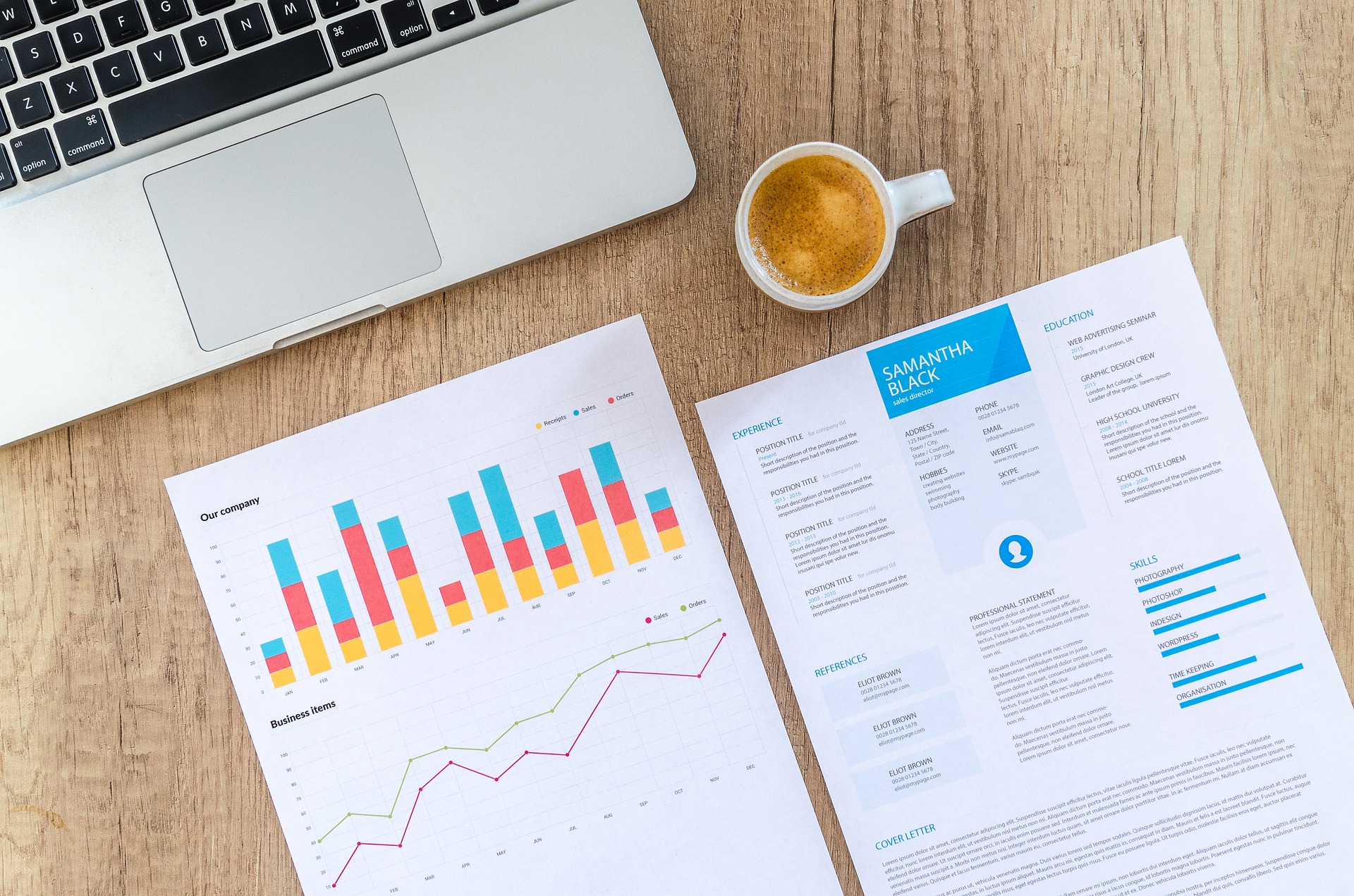Are your personal finances in need of some fine tuning? If so, you’re like so many others who have gone too long since last updating budgets, setting aside money for savings, or paring down credit card debt. In truth, there are several pieces to the money puzzle for most working people, and all too often a few are missing. Here are details about how to create an emergency fund, invest wisely, build a realistic budget, minimize high-interest debt, and take the sting out of saving.
Emergency Funds
You’ll hear all sorts of suggestions about how much money to put in an emergency fund, ranging from one to six months of income. In order to select the right amount, consider looking at your recurring expenses first. If they include lots of high-interest debt and if you’re currently unable to save much at all, aim for an emergency fund about equal to two months of income. Later on, when your spending and debt are under control, consider upping the fund to four months of income.
Smart Investing
Only after you’re on a solid financial footing, consider trading securities as a way to augment your regular income. Many working adults invest in stocks and other markets from their homes a few days or evenings per week. If you decide to opt for part-time or even casual trading, consider platforms such as this as an entry point. An easy-to-use platform from a reputable broker can make a huge difference in your chances of success in the securities markets.
Disciplined Budgeting
Budgeting should not be about pain and suffering, but about making realistic choices with how to allocate the income you earn each month. If you need help, consider working with a consumer counselor who can show you how to stretch your earnings without making too many sacrifices. For most adults, common places for expense cutting include money spent on fast food, entertainment, alcohol, and groceries.
Banishing High-Interest Debt
One of the best ways to free up cash in a personal budget is to eliminate credit card debt as soon as you can. This is one area where it does help to seek professional advice because licensed financial planners can help you set up a realistic payback schedule that minimizes what you pay out each month toward credit cards.
Automated Savings
Not matter your level of personal discipline when it comes to saving money, an automated arrangement will get the job done much better. There are several ways to go about creating an auto-save function within your monthly budget. The first is to check with your employer and see if they can do a direct deposit straight from your paycheck. That way, you’ll never see the money or have access to it before it’s sent to the special account. Another way is to use automated savings products that are available from various Canadian financial services companies, such as banks and even money-saving apps. Finally, you can go the DIY route and designate a fixed percentage of all income (not just from paychecks) as a reserve. Many people choose something between five and ten percent as a default percentage and adjust it up or down after a few months of experimentation.

